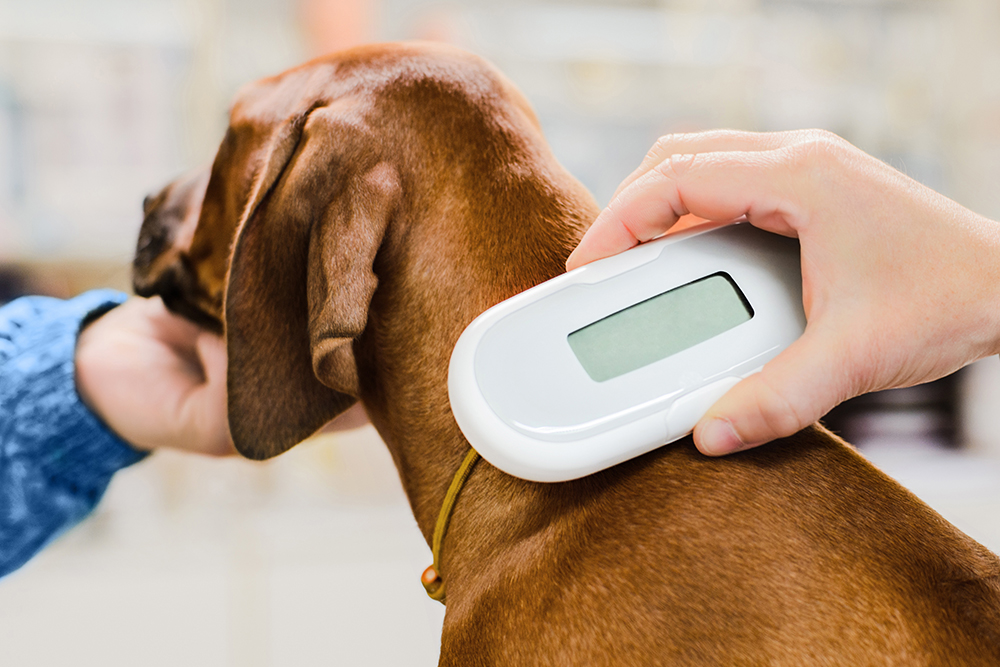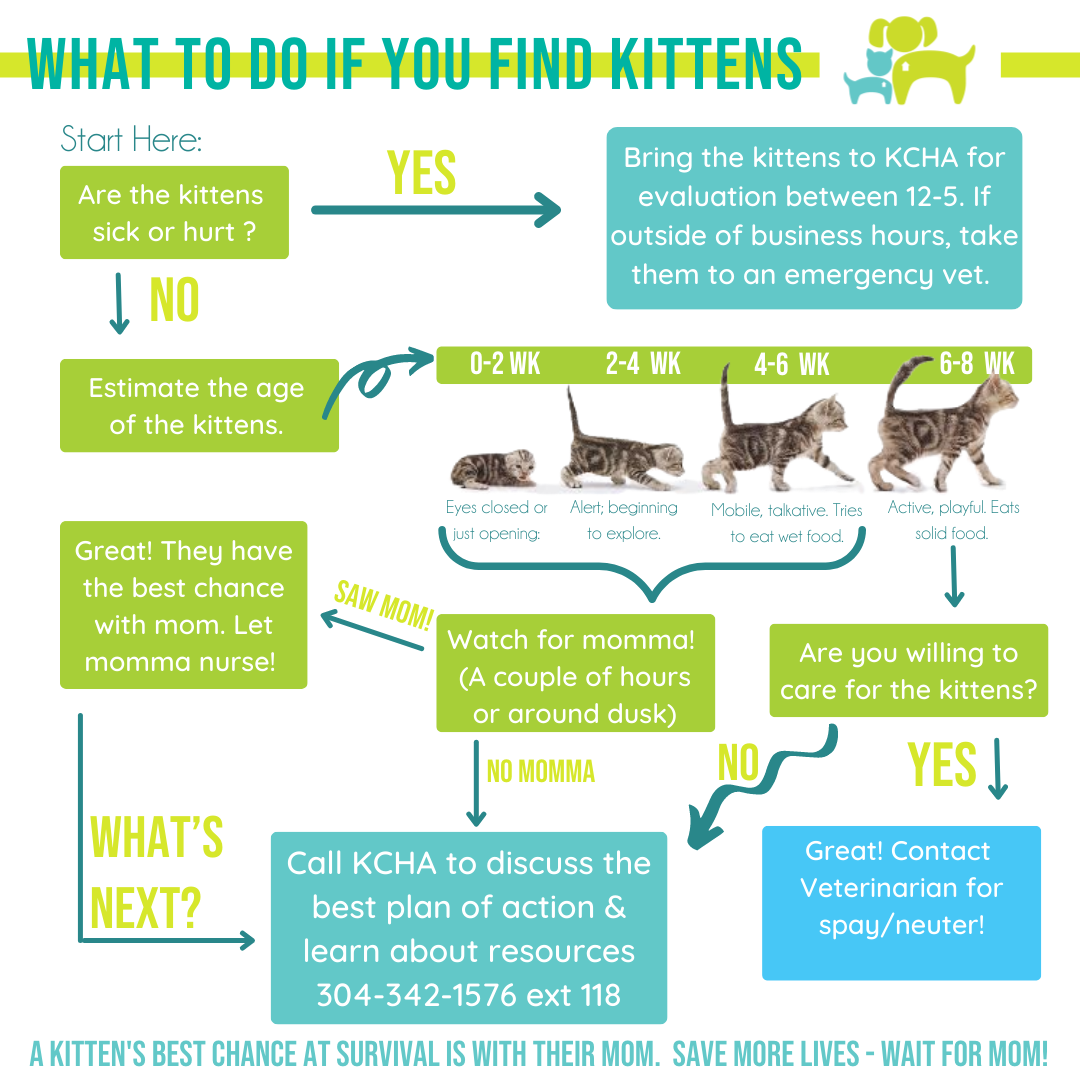FOUND DOGS
They were lucky to find someone caring like you to help get them back home. Here is what you need to know to give this lost pet their best chance at reuniting with their family.
If the dog is not friendly, do not approach them. Try to take their photo and follow step number 2 below to find their owner. For after-hours emergencies regarding injured strays only, please contact Metro at (304) 348-8111 or the Animal Emergency Clinic at (304) 768-2911.

Within the First Hour
- Check for ID. Some pets have a collar with the phone number stitched in, or a tag with a number that you can call to locate the pet parents.
- Take a photo. Alert your neighbors about the found dog. Snap a photo of the pet and post it on Nextdoor, your neighborhood social media group and your social media accounts.
Within the Next Few Hours
- Bring the pet to the nearest veterinarian and get a free microchip scan.
- Walk the dog around the neighborhood to see if anyone might recognize them.
Within the First 24 Hours
- Make a found pet flyer and hang it within a 1-mile radius of where you found the pet. PetFBI has a helpful online found pet flyer template.
- Email a photo and information to [email protected].
- Upload a photo to Petco Love Lost, a free online service that uses facial recognition technology to reunite lost pets with their owners.
- Search local Lost & Found pet alert sites to see if an owner has already posted this pet. If not, create a found pet alert on Pawboost and Helping Lost Pets.

